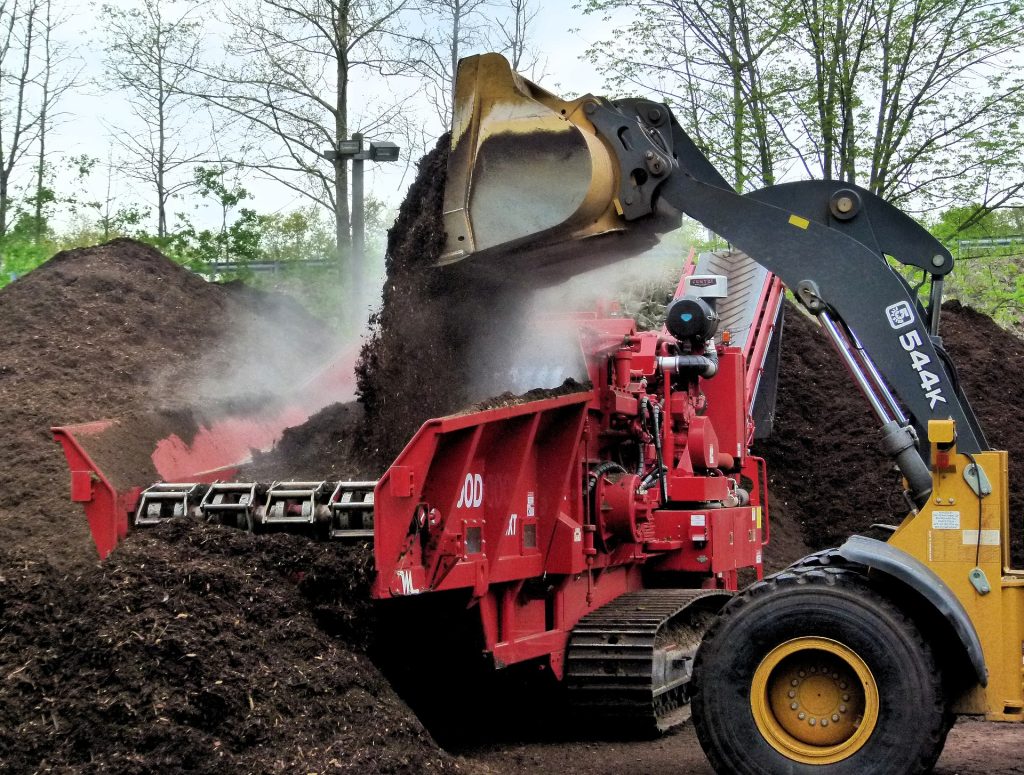Instead of buying a home, some prefer to build a house on their own or by hiring a builder. In any case, before becoming the owner of land and having it built, certain steps should be followed. Discover all the steps to take to define your project, design it and bring it to fruition. Everything you need to know to build a house in the rules of the art.
Summary
Define your construction project: the first step
Before building a house, you have to prepare your project. For this, it is necessary to assess its borrowing capacity, as if you intended to buy a property. Note that borrowing capacity depends on several criteria defined by the banks: professional situation, personal contribution, loan duration, etc. To prepare for your appointment with your bank adviser, you can use the online simulators to get a first idea.
Then, define your expectations by drawing up the plans for your future home (number of bedrooms, single storey or floor, etc.). It is not a question of drawing a precise plan but of having an idea in mind before continuing with your construction project.
Finally, defining your project also requires calculating your budget for the construction of the house. To help you in this process, it is advisable to call upon a commercial and to seek a serviced ground corresponding to your research. This will allow you to realize the price.
To know : a new house costs around 1400 euros per square meter (excluding land and additional costs). This is obviously an average erasing the disparities according to the architectural complexity and the services of the work.
Before construction, design !
To build a house, you must first consider the design stage. This involves choosing a project manager or an architect and a builder. In agreement with your bank, also define a budget envelope.
You will also have to position yourself on the selected land by making a promise to purchase subject to a condition precedent. Note that since 2018 and the Elan law, the soil study is mandatory. This new regulation also makes it possible to avoid construction problems once the land has been acquired.
You then have to define the plan of your house, its style, its size, its land and its orientation. For this, you must take into account the PLU (local urban plan) of the municipality on which the land is located. If you are apprehensive about these steps, get support from a builder. This one will be able to offer you standard plans with 3 D design adapted to your construction project.
To know : you will have to submit a building permit file to the town hall. If you sign with a builder, they will take care of this step.
How to build a house? Work to be planned.
Once the administrative procedures have been completed, it is time to begin construction. To build a house, you need to do some work:
- foundations by masons;
- the basement (basement, crawl space, hedgehog);
- the walls (block, brick, monomur, cellular concrete, etc.);
- installation of beams or wooden elements in the event of a floor.
To note : the work begins approximately 6 months after the signing of the construction contract if you decide to go through a builder. This period includes the filing of the building permit as well as the period of possible appeal by third parties against this permit (two months).
What is the shell?
The structural work is the subject of a start-up meeting with the works manager. This validates certain points.
Then, can begin the structural work which includes the earthworks. This consists of leveling the ground so that the house rests on a solid foundation.
Then there is the excavation. The site of the future building is dug. The trenches are used to connect to local networks (water, electricity, etc.).
The structural work also refers to the installation of the roof, the frame, the tiles as well as the ridges. Then, there is the installation of joinery (doors and windows) so that the house is out of air.
Once the main work is finished, it is time to move on to the second work.
The second work: installation of equipment and finishes
The second work follows the main work. This step then corresponds to the installation phase of the equipment of the house and the finishes. Contrary to what one might imagine, this phase can be long-lasting. Sometimes it is longer than the shell.
The second work includes:
- the installation of water and electricity circuits;
- the installation of hydraulic and electric octopuses;
- installation of exterior or interior insulation;
- the installation of interior partitions, floor coverings;
- laying of toilets;
- paint, plasters…
- the embankment, VRD and retaining walls;
- airtightness test and compliance with thermal standards.
Site meetings and key handover
During the construction site, you will have several meetings. With a builder, the site meeting takes place before each invoice, in accordance with the regulations in force:
- 15% at the start of construction
- 25% upon completion of the foundations
- 40% upon completion of the walls
- 60% when out of water
- 75% upon completion of partitions and air venting
- 95% upon completion of fittings, plumbing, carpentry and heating
- 5% upon receipt.
Finally comes the handing over of the keys after the acceptance of the site. But often, when building a house, this stage does not mark the end of the work. Indeed, as the new owner, you still have to carry out the reserved work such as interior painting or installation of the kitchen. Generally, builders do not carry out this type of work. It is then a question of finishing, to be carried out after delivery.
Advice : when you hand over the keys, you truly become the owner of your accommodation. Legally, you are considered responsible in the event of a claim (theft, damage, fire, bad weather, etc.). It is therefore necessary to take out multi-risk home insurance.
Read also : how to buy a house?




